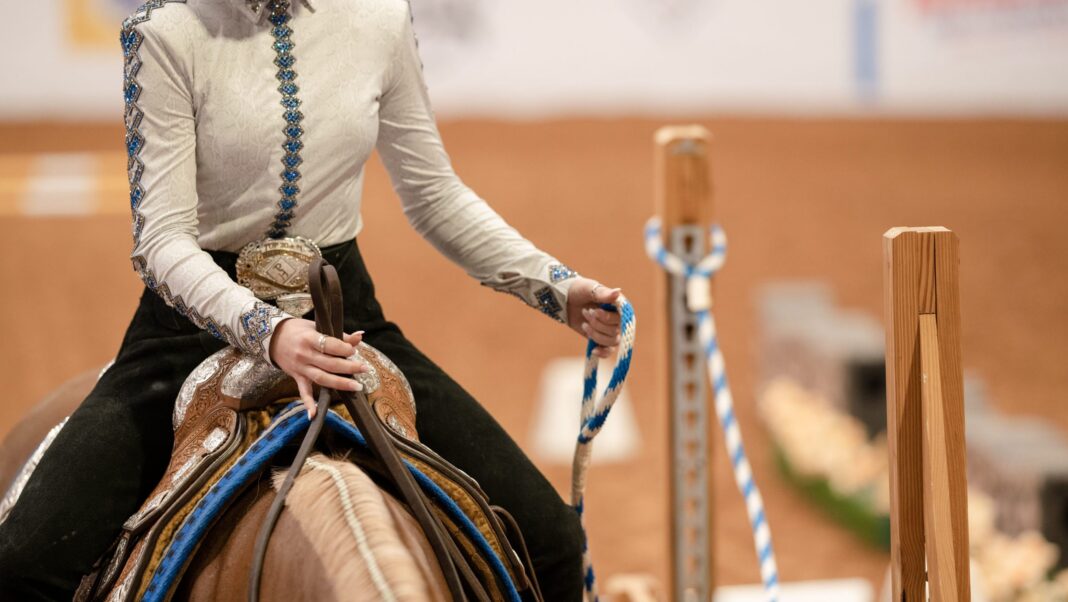In our next article series, 5 Quick Tips to Become a Better Rider, we will first explore the highly popular, yet difficult Trail class. Just when you think you have mastered the class – in a split second, your hopes are dashed. You hear a tick over walkovers that results in a half-point penalty, or you break over a lope pole that ruins your perfect run with a three-point penalty.
With other classes, like Western Pleasure or Hunter Under Saddle, one can often predict the outcome of the placings by watching the warm-up ring. These classes are very much judged upon the horse’s movement and conformation. With Trail having different obstacles and patterns, it’s more of a gamble. You win some, and you lose some. There are no guarantees when it comes to Trail on a 1,200 lb animal with a mind of their own.
We talked to multiple World & Congress Champion Champion Trainer Ashley Dunbar-Clock of Pilot Point, Texas, who gave us some quick reminders to remember before heading into this ever-humbling class.
Whether it’s your first or thousandth Trail run, these tips are for every level rider. Suppose you get overwhelmed with too much to remember. In that case, these pointers will help you break everything down into baby steps where you can just concentrate on a few things to remember before stepping into the arena.
Take the Pattern Apart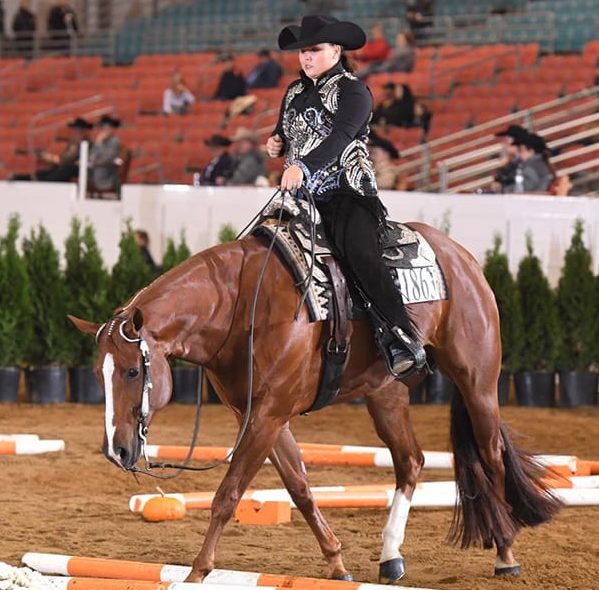
Trail Specialist Ashley Dunbar-Clock, who famously won the Junior and Senior Trail at the AQHA World Show the same year as a 19-year-old, knows that success can come and go. You can do brilliantly, be on fire one show, and then not even place at your next show. Competing in this class requires relentless fortitude, knowing that, statistically, winning at every show will likely never happen.
“I always tell my clients to take the pattern apart when showing the Trail. Each obstacle is judged separately, so I always remind my people that if you make a mistake on one obstacle, then tell yourself the next obstacle needs to be so good as to try to make up for the mistake,” Clock shares. “You can’t give up just because you had a mess up on one obstacle.”
Clock says to think about riding each obstacle separately. “I never ride or think about the next obstacle until I’m complete on the one before it. When you start to get ahead of yourself, you rush, and your horse feeds on that energy. Then, each obstacle starts to have mistakes. Now, you have put yourself into the penalty box on each obstacle instead of being in the penalty box on one obstacle and into the continued plus zone for every obstacle as we advance. It’s part of why I like the Trail, as it’s a scored event, and sometimes you can make up for a hit or tick here and there.”
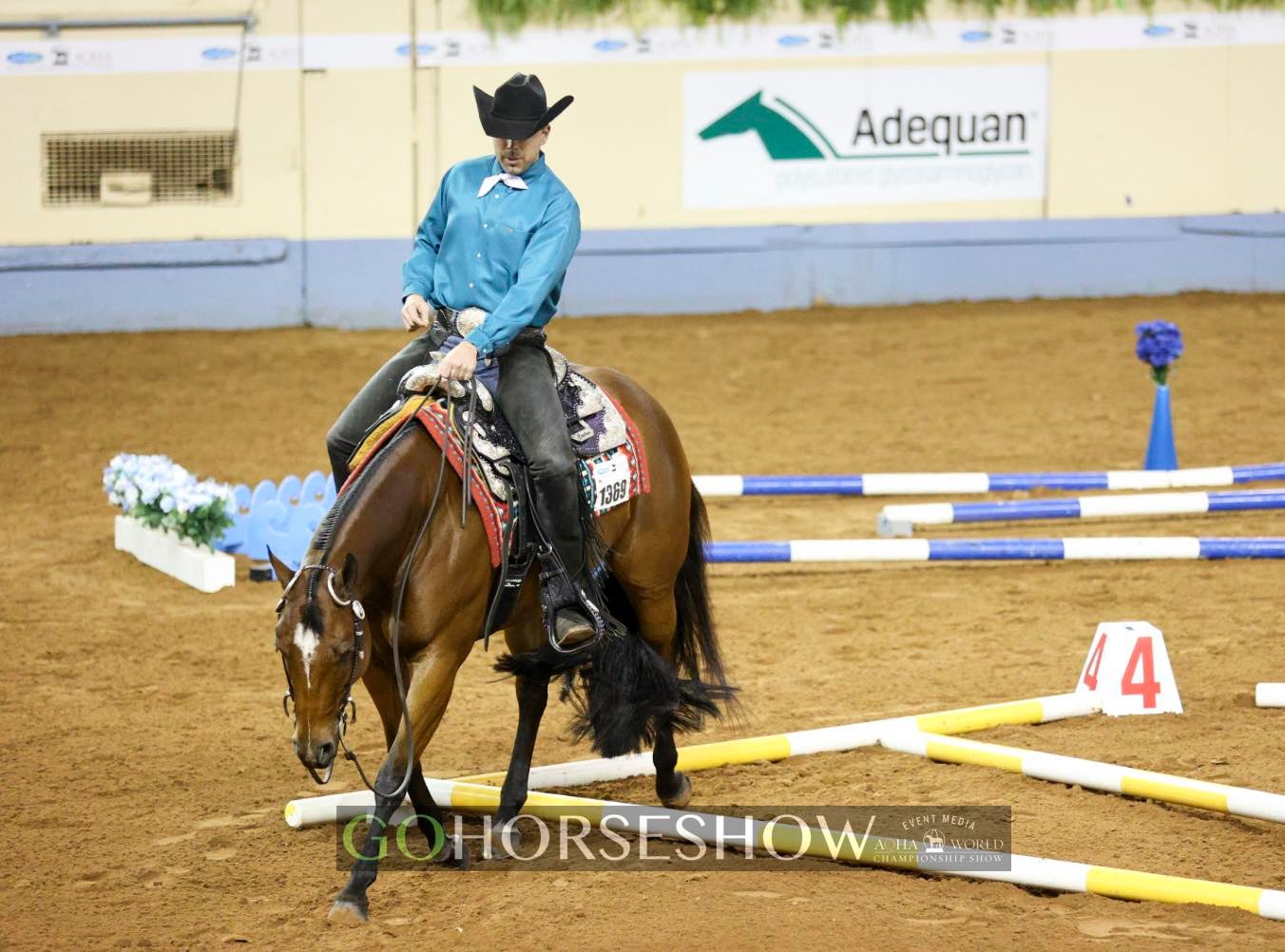
Make Good Transitions
It’s important to practice transitions and steering right before going in. You want to ensure your horse is responsive and thinking about you and your cues. Are your buttons working? Is your horse distracted? This is your time to get them in the zone and ensure they’re tuned to the task.
“To me, having good transitions in the Trail is important,” Clock says. “A good or bad transition can make or break an obstacle. Sometimes, we hurry to get lopes off or break down, fearing that we will miss the next obstacle, but a bad transition can make you rush into the obstacle, and you can miss a spot much easier. I prefer to get in at least two good steps regardless of the gate with a good transition, then I get a good spot, and the obstacle goes smoothly.”
Clock adds, “Having a good transition also makes finding your spot to the obstacle easier. It also helps keep your pattern rhythmic. Today’s winning look in the Trail is having the flow in your pattern and having it look smooth and put together. It’s easier to get big pluses on each obstacle when it’s smooth and flows, and the start to that is smooth, good transitions.”
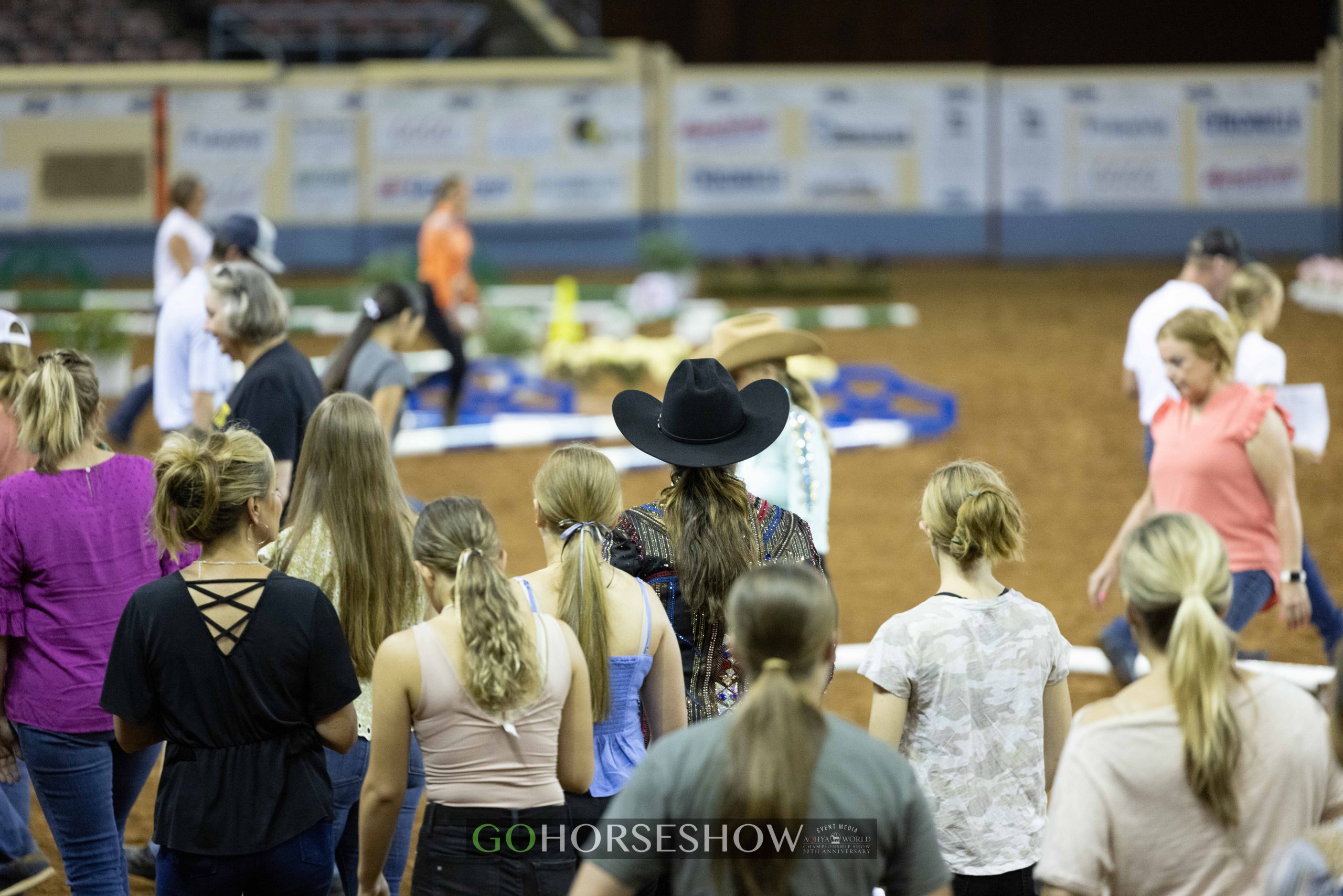 Walk Your Pattern
Walk Your Pattern
Walking the course lets you visualize where you need to put your horse to give him the best advantage to get over the poles. “Knowing the stride rules in your pattern and the strides set in your lopes and jogs is important,” Clock says.
Use the space between obstacles wisely. Don’t hurry to get to the next obstacle. Think about where you need to make your transitions while walking the course. Take your time, look ahead, and have fun.
Clock stresses, “It’s important to know if there’s a stride rule on the pattern while walking. Not every pattern will have certain stride rules, but you always have to check. Of course, any straight line will always be a stride rule, so you must ensure you know that and have that in your head while walking your pattern.”
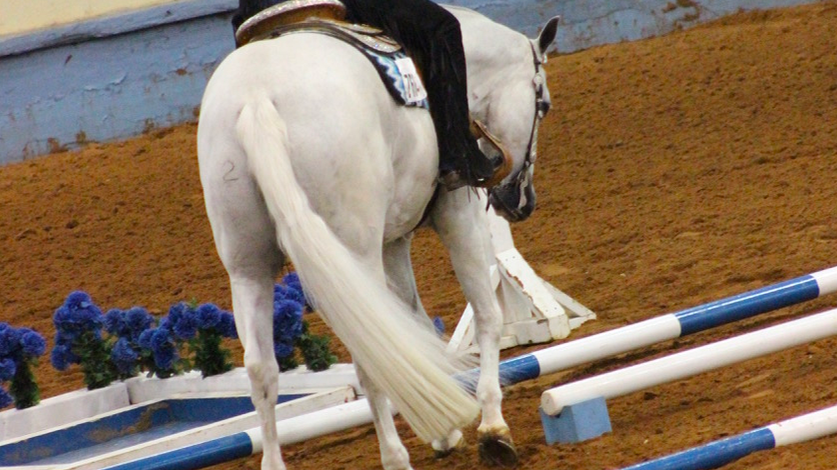 Take Time on Your Slow Work
Take Time on Your Slow Work
Certain obstacles showcase your strengths, while others reveal your weaknesses. If you believe you can plus an obstacle, going faster and showing off your best obstacles with speed and finesse is a wise choice.
However, “you will always be better off being slow and correct on your weaker maneuvers and obstacles than fast and messy,” Clock warns. “You risk hitting or knocking down poles and ending up in the penalty box. And sometimes, taking a zero is better than being in the penalty box.”
Clock continues, “Slow work can make or break your pattern. If you are having a great pattern and feel like you have everything, I sometimes like to take my time on the slow obstacles to ensure that I don’t hit or knock a pole down. If you know you can knock out your slow work and are connected with a horse, I always say go for it and show off your best qualities, especially if the slow work is your best thing.”
So, decide beforehand which obstacles are your strongest and show them off while maybe playing it safe on the obstacles you struggle with.
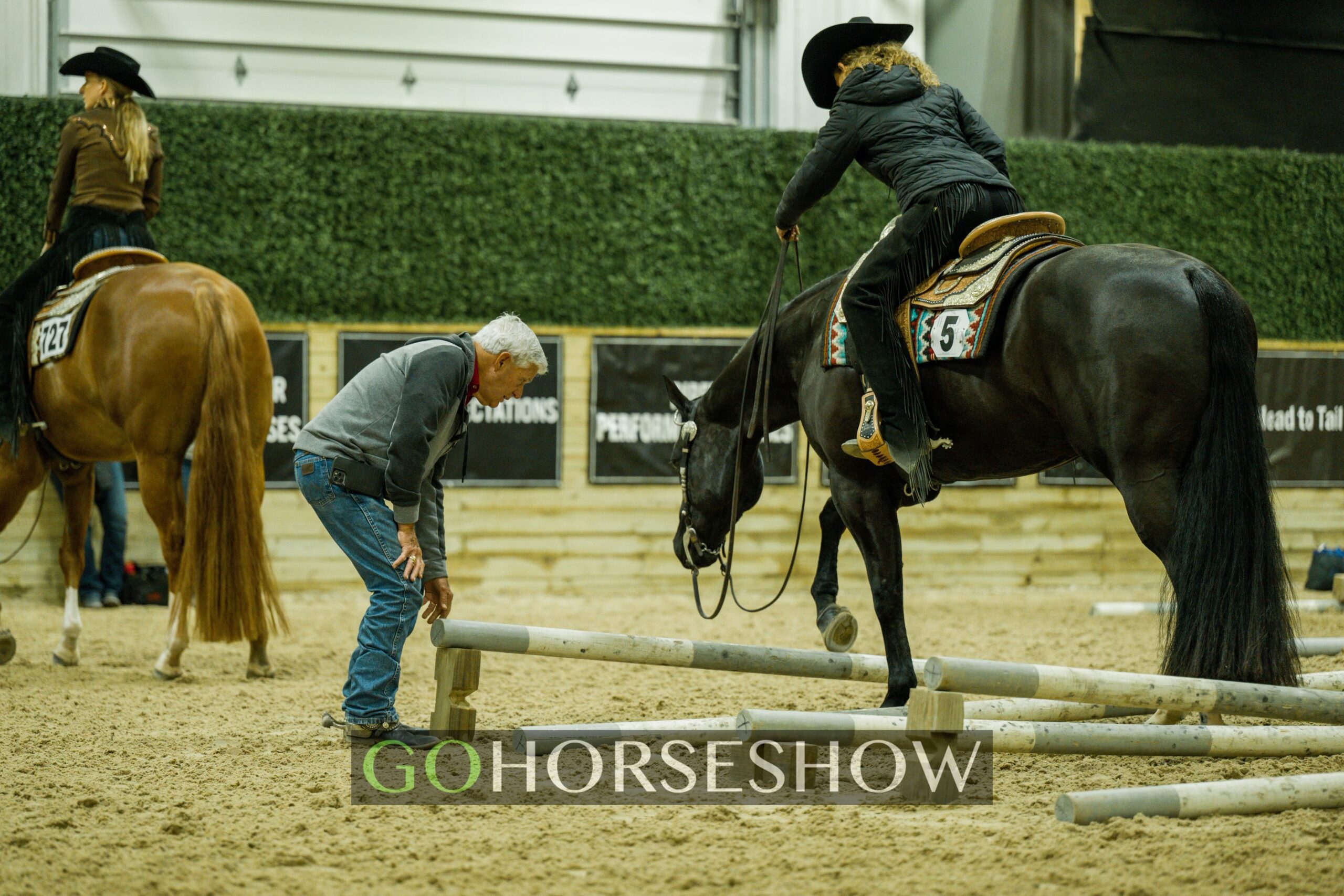
Practice Makes Perfect
How you’re practicing at home is what your horse will carry into the show pen. Practice consistently so the horse has some muscle memory when you go to the show.
Clock says, “Practicing Trail helps you stay instinctive about your timing when finding your spots on your poles. And, of course, it also keeps you together with your horse, especially if you have a younger horse. Practice helps keep everything in their brains.”
Ashley explains in more detail. “I usually go through the path one time so that I have my flow and my young horses have an idea of what is coming and what the transitions will be. Then, I go back and break the pattern apart and practice the pieces I need to work on and make sure my horses and myself are comfortable with the strides and work on the rhythm that works best with the pattern, whether it be a little forward or a little slower through the pattern.”
Stay tuned to part 2 of our series, 5 Quick Tips to Become a Better Rider – Horsemanship.


